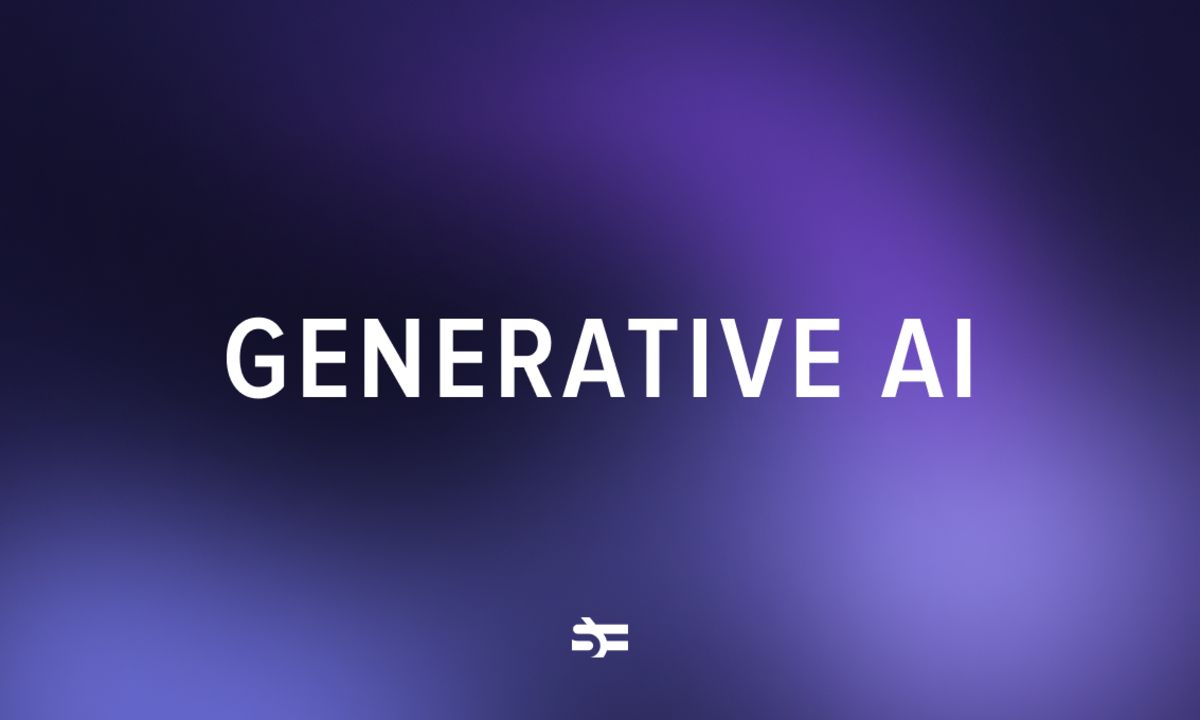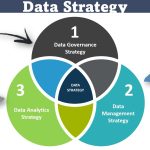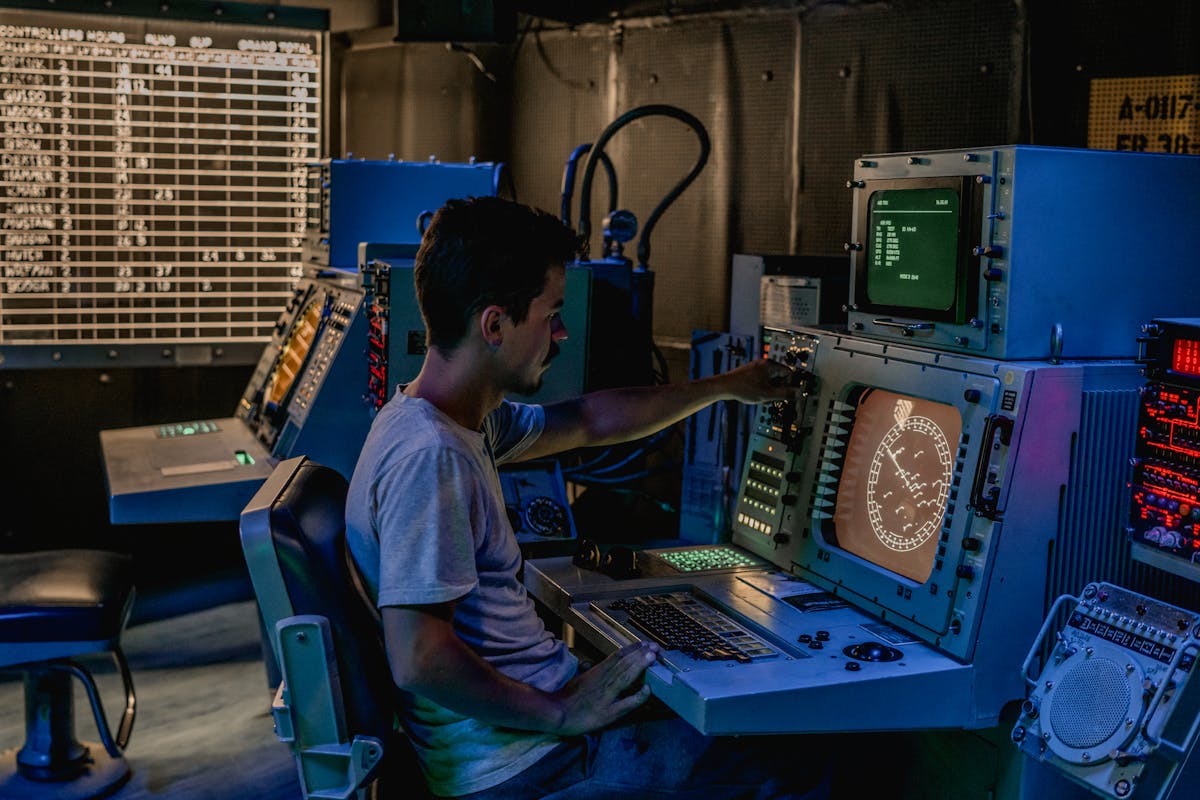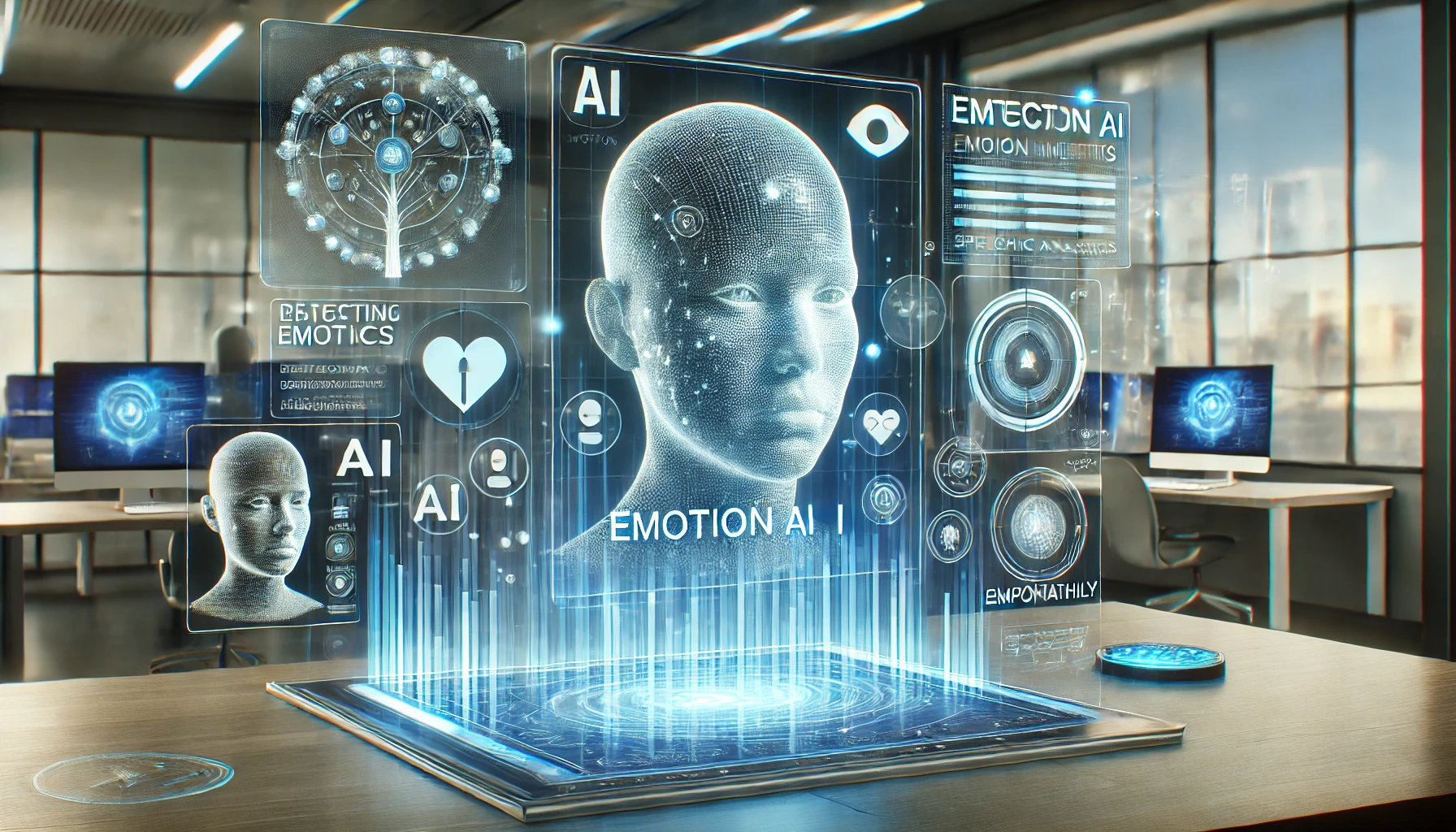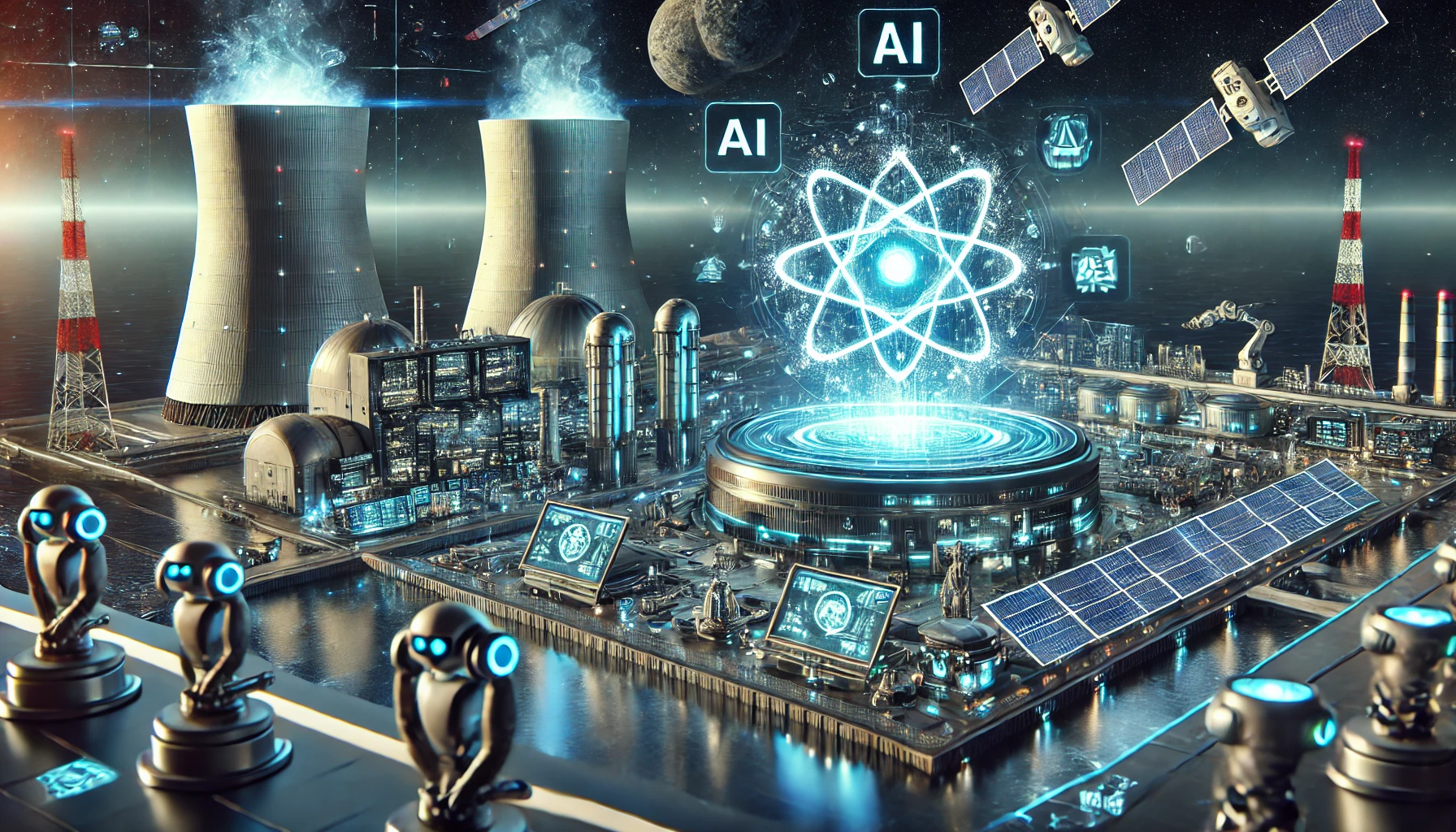“Exploring the Power of Generative AI: Unlocking Endless Possibilities”
Generative AI, also known as artificial creativity, is a subset of artificial intelligence that enables machines to generate new and unique content without explicit instructions from humans. Unlike traditional AI, which follows pre-programmed rules and algorithms, generative AI uses neural networks and machine learning techniques to create original content in a similar way that humans do.
Generative AI has applications in a wide range of industries, including art, music, fashion, gaming, marketing, and more. In the art world, generative AI is being used to create paintings, sculptures, and other forms of art that would be difficult or impossible for humans to create. For example, the AI-generated artwork “Portrait of Edmond de Belamy” sold at auction for $432,500 in 2018.
Music Industry
In the music industry, generative AI is being used to compose new pieces of music, including entire albums. By training neural networks on existing music, the AI can generate new compositions that are stylistically similar to the original pieces. Some musicians are even collaborating with AI systems to create new music.
Fashion industry
In fashion, generative AI is being used to create new designs and styles. By inputting parameters such as color, texture, and style, the AI can generate unique fashion designs that would be difficult or impossible for humans to create.
Gaming Industry
In gaming, generative AI is being used to create new levels, characters, and environments. By using machine learning algorithms, the AI can generate content that is tailored to the preferences and playing styles of individual gamers.
Marketing Industry
In marketing, generative AI is being used to create personalized content for customers. By analyzing customer data, the AI can generate targeted advertisements, product recommendations, and other types of content that are tailored to the individual needs and preferences of each customer.
While generative AI has many benefits, it also raises ethical concerns. For example, there are concerns about the potential misuse of AI-generated content, such as deepfakes and fake news. Additionally, there are concerns about the impact of AI-generated content on the job market and on human creativity.
Despite these concerns, generative AI is a rapidly growing field with enormous potential to transform a wide range of industries. As machines continue to become more sophisticated and powerful, it is likely that we will see even more groundbreaking applications of generative AI in the years to come.
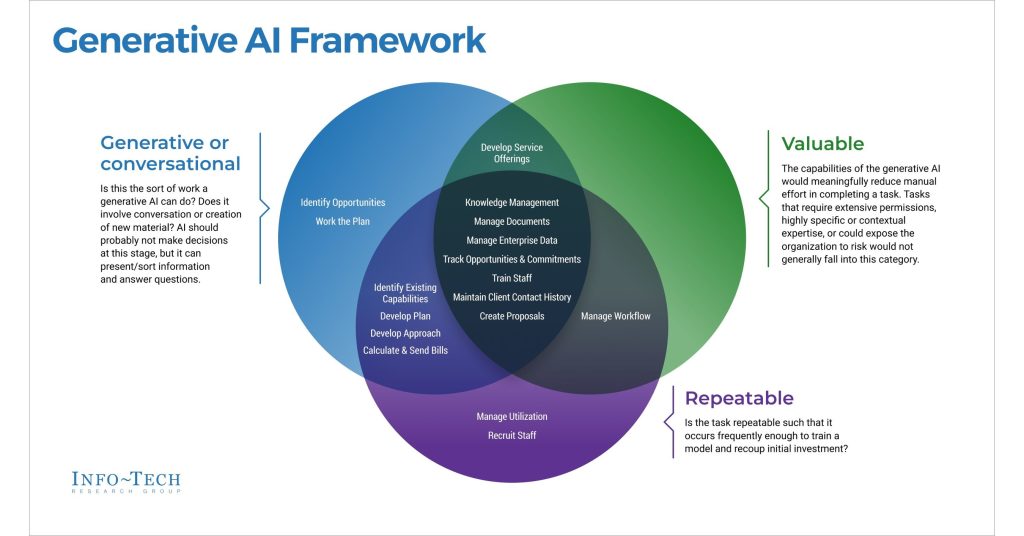
Here are some of the ways that generative AI can help businesses grow.
Generative AI has become an increasingly popular technology in the business world, as it provides many benefits that can help companies grow and succeed. From personalized marketing campaigns to efficient decision-making processes, generative AI is transforming the way businesses operate. Here are some of the ways that generative AI can help businesses grow.
Personalized Marketing
Generative AI can help businesses create personalized marketing campaigns that are tailored to the needs and preferences of individual customers. By analyzing customer data, generative AI algorithms can create targeted ads, emails, and other content that are more likely to convert leads into customers. This can lead to higher sales and revenue for the business.
Product Design and Innovation
Generative AI can also help businesses design and innovate new products. By using AI algorithms, businesses can generate ideas for new products, refine existing designs, and even create 3D models of prototypes. This can help businesses bring new products to market faster and more efficiently, giving them a competitive edge.
Improved Customer Service
Generative AI can also help businesses provide better customer service. By analyzing customer data and interactions, AI algorithms can predict customer needs and preferences, and provide personalized recommendations and support. This can help businesses build stronger relationships with their customers, and improve customer retention rates.
Streamlined Operations
Generative AI can also help businesses streamline their operations, reducing costs and improving efficiency. By automating routine tasks, such as data entry or inventory management, businesses can free up employees to focus on more important tasks, such as product development or customer service. This can lead to faster turnaround times, improved quality, and reduced errors.
Efficient Decision-Making
Finally, generative AI can help businesses make more informed and efficient decisions. By analyzing large amounts of data, AI algorithms can identify patterns and insights that humans might miss. This can help businesses identify opportunities, predict trends, and make better decisions about resource allocation and strategy.
In conclusion, generative AI is a powerful tool that can help businesses grow and succeed. By providing personalized marketing, product design and innovation, improved customer service, streamlined operations, and efficient decision-making, generative AI can help businesses stay ahead of the competition and achieve their goals.
Here are some of the most widely used generative AI algorithms
Generative AI algorithms are used for a wide range of applications, from image and text generation to music composition and game development. Here are some of the most widely used generative AI algorithms:
Variational Autoencoder (VAE)
VAE is a type of neural network that can learn to generate new data by compressing input data into a lower-dimensional space and then reconstructing it. VAE is often used for image and video generation, as well as text and audio generation.
Generative Adversarial Network (GAN)
GAN is a type of neural network that consists of two parts: a generator and a discriminator. The generator creates new data samples, while the discriminator evaluates them for authenticity. GAN is often used for image and video generation, as well as music and speech synthesis.
Recurrent Neural Network (RNN)
RNN is a type of neural network that can process sequences of data, such as text or audio, and generate new sequences based on the learned patterns. RNN is often used for text and speech generation, as well as music composition.
Boltzmann Machine
Boltzmann Machine is a type of probabilistic model that can learn the underlying probability distribution of a dataset, and generate new samples that are similar to the original data. Boltzmann Machine is often used for image and video generation, as well as text and music generation.
Deep Belief Network (DBN)
DBN is a type of neural network that consists of multiple layers of hidden units, and can learn to generate new data by approximating the probability distribution of the input data. DBN is often used for image and text generation.
Transformer
Transformer is a type of neural network architecture that has revolutionized the field of natural language processing, allowing for the generation of coherent and fluent text. Transformers have been used for a variety of text generation tasks, such as machine translation, summarization, and question-answering.
Overall, these generative AI algorithms have become some of the most widely used in the field, and have led to many exciting applications and developments in generative AI.
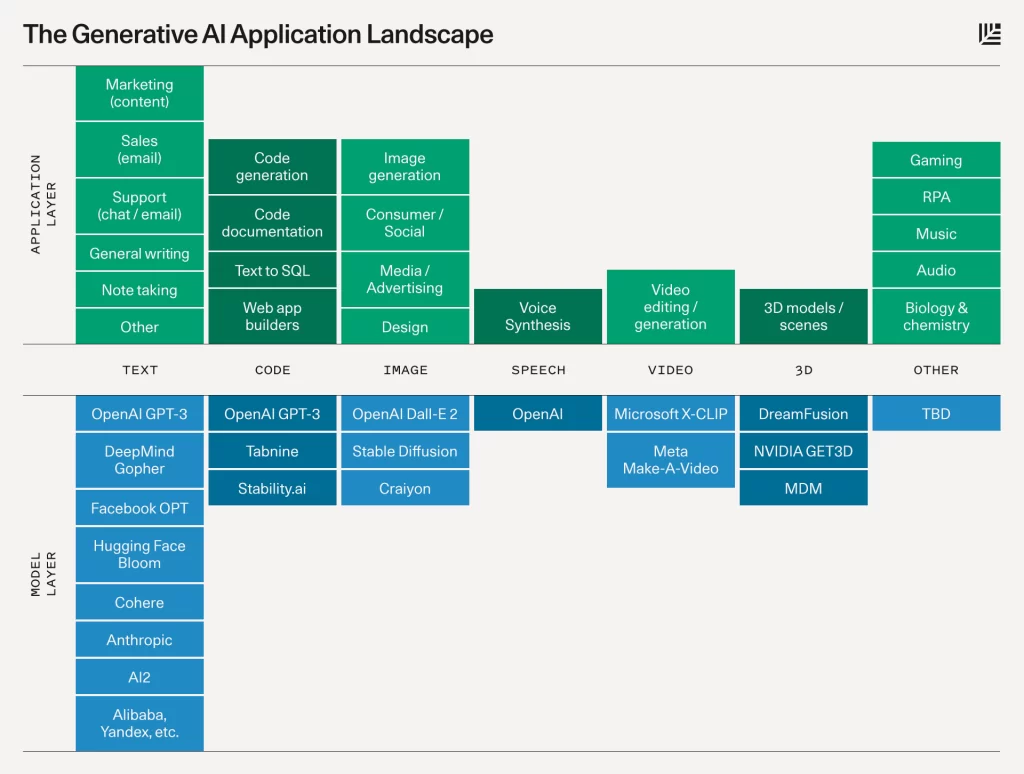
Here is a list of 30 generative AI tools, along with their applications:
OpenAI’s GPT-3 – Natural language processing, chatbots, content generation
Nvidia’s StyleGAN – Image generation, video synthesis
DALL-E – Image generation based on text descriptions
RunwayML – Creative applications, including image and music generation
Deep Dream – Image generation, style transfer
Magenta – Music generation, audio processing
NeuralStyle – Image generation, style transfer
AI Dungeon – Interactive storytelling, text generation
ArtBreeder – Image generation, remixing
Posenet – Pose estimation and analysis
SketchRNN – Sketch generation
VoxCeleb – Speaker recognition
Word2Vec – Word embedding
DCGAN – Image generation
Pix2Pix – Image-to-image translation
CycleGAN – Image-to-image translation
NeuralTalk – Image captioning
Tonic – Music generation
GAN Lab – Image generation
BigGAN – Image generation
VQ-VAE – Image and video compression
Deep Voice – Text-to-speech
MuseNet – Music generation
NeuralStyle Transfer – Image generation, style transfer
Generative.fm – Ambient music generation
AI Painter – Painting generation
SVG 2 Latex – SVG-to-Latex conversion
DeepAngel – Image inpainting
StackGAN – Image generation
TextBlob – Natural language processing, sentiment analysis
The future of generative AI
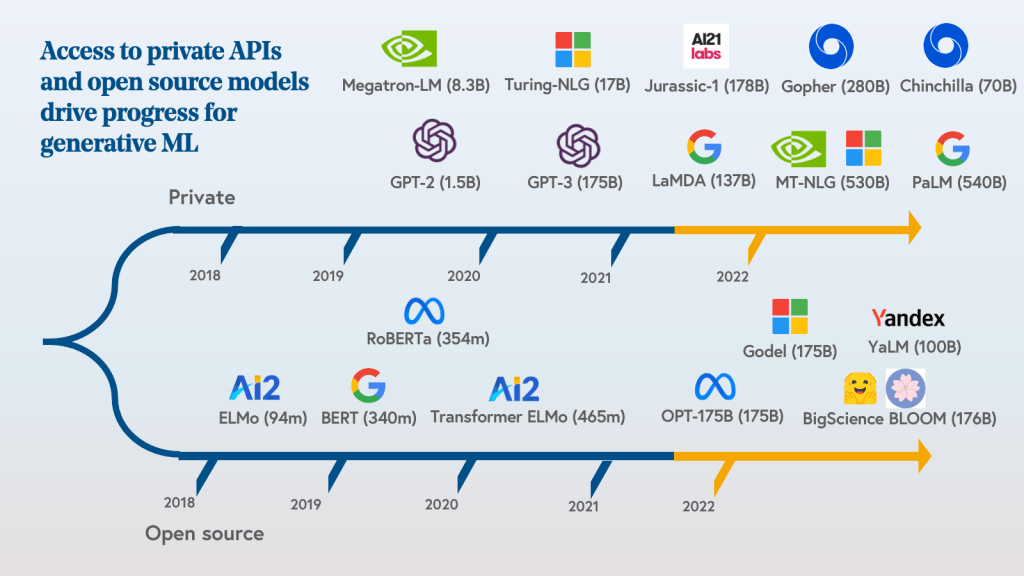
The future of generative AI is both exciting and unpredictable. As the technology continues to evolve and improve, we can expect to see new applications and use cases emerge, and existing applications become even more sophisticated and powerful. Here are some potential trends and developments that could shape the future of generative AI.
Increased Integration with IoT and Edge Computing
As the Internet of Things (IoT) and edge computing become more prevalent, we can expect to see generative AI systems that are optimized for these environments. By processing data at the edge of the network, generative AI algorithms can provide real-time insights and recommendations, without the need for centralized processing.
Improved Natural Language Processing
Natural language processing (NLP) is an important application of generative AI, allowing machines to understand and generate human language. In the future, we can expect to see even more sophisticated NLP systems that can generate natural-sounding language in a wide range of contexts, including conversation, writing, and translation.
More Advanced Image and Video Processing
Generative AI has already made significant progress in image and video processing, with applications such as style transfer, image generation, and video synthesis. In the future, we can expect to see even more advanced algorithms that can generate photorealistic images and videos, and seamlessly blend real and virtual content.
Continued Expansion in Creative Industries
The creative industries, such as art, music, and fashion, have already seen significant applications of generative AI. In the future, we can expect to see even more innovative uses of AI in these industries, including AI-generated movies, AI-assisted design, and AI-generated music.
Addressing Ethical and Social Issues
As generative AI becomes more powerful and ubiquitous, it will be important to address the ethical and social implications of the technology. This includes concerns about the impact of AI on jobs and the economy, as well as the potential misuse of AI-generated content, such as deepfakes and fake news. In the future, we can expect to see increased efforts to address these issues, through regulations, standards, and ethical guidelines.
Overall, the future of generative AI is bright, with many exciting developments and opportunities on the horizon. As the technology continues to evolve, it will be important to balance the potential benefits with the ethical and social implications, and work towards a future where generative AI is used responsibly and for the greater good.
Add Comment
You must be logged in to post a comment.


